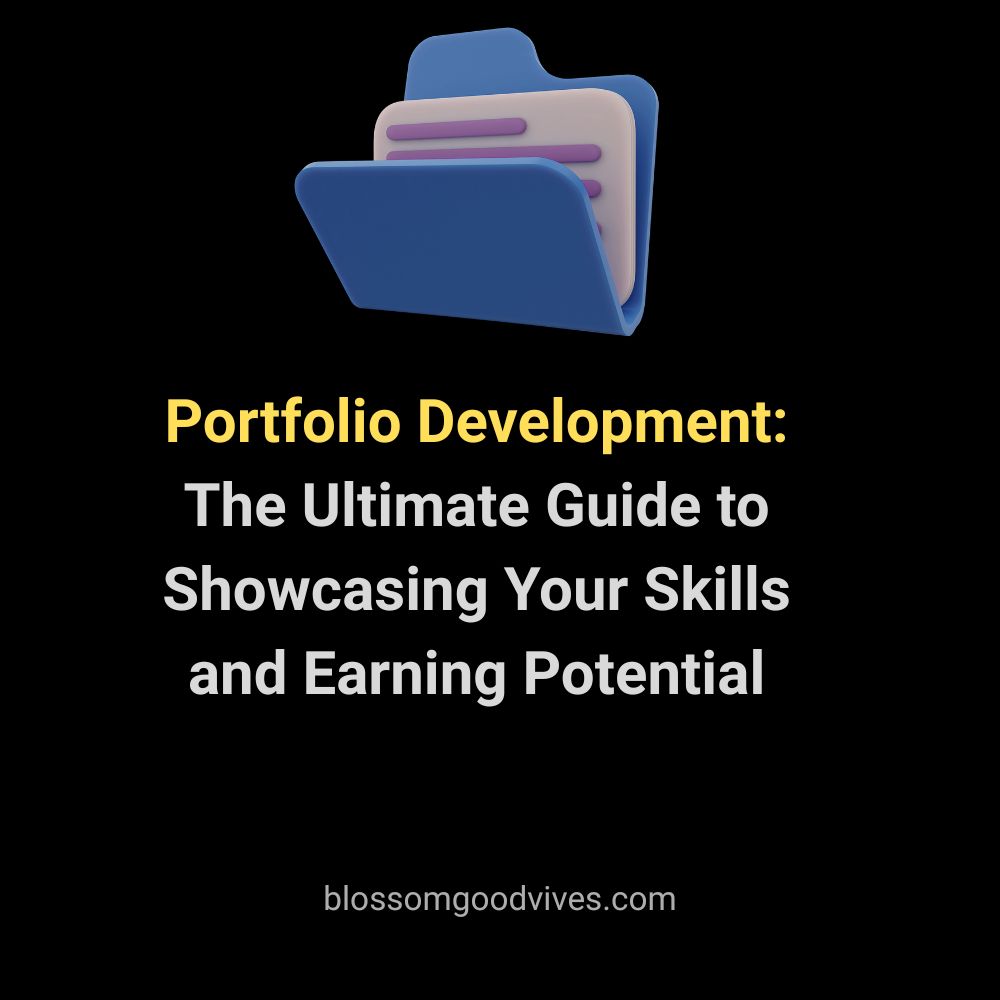
In today’s competitive job market, a strong portfolio is your golden ticket—whether you’re a freelancer, creative professional, or corporate employee. A well-crafted portfolio doesn’t just display your work; it proves your expertise, attracts high-paying clients, and opens doors to career opportunities.
This guide covers:
✅ Why a portfolio is essential
✅ How to build a standout portfolio
✅ Best platforms to showcase your work
✅ Monetization strategies & income potential
1. Why a Portfolio Matters More Than Ever
The Power of Proof
Employers and clients trust what they see (A resume tells; a portfolio shows).
Demonstrates real-world skills (Not just theoretical knowledge).
Helps you stand out in competitive fields (Design, writing, coding, consulting, etc.).
Who Needs a Portfolio?
✔ Freelancers (Showcase past projects to attract clients)
✔ Job Seekers (Prove skills beyond a resume)
✔ Entrepreneurs (Build credibility for your business)
✔ Students (Gain internships with tangible work samples)
2. How to Build a Winning Portfolio
Step 1: Define Your Niche & Audience
Who is your ideal client/employer?
What specific skills do you want to highlight?
Step 2: Select Your Best Work
Quality over quantity (5-10 strong pieces > 50 mediocre ones).
Variety matters (Show range, but stay aligned with your niche).
Step 3: Present Work Professionally
✔ Case studies (Explain the problem, your solution, and results).
✔ Before & after comparisons (Great for designers, marketers).
✔ Testimonials (Social proof boosts credibility).
Step 4: Choose the Right Platform
Platform Best For Pros Cons
Behance Designers, artists Free, industry-recognized Less customizable
Dribbble UI/UX designers High-quality community Limited free features
GitHub Developers Shows code & contributions Not visual-friendly
Adobe Portfolio Creatives Integrates with Adobe tools Paid (with Creative Cloud)
Personal Website All professionals Fully customizable Requires setup
Step 5: Optimize for Discoverability
SEO (Use keywords like “freelance graphic designer portfolio”).
Clear CTAs (“Hire Me,” “Contact for Projects”).
Mobile-friendly design (Most hiring managers browse on phones).
3. Monetizing Your Portfolio
Direct Income Streams:
Method
How It Works
Earning Potential
Freelancing
Clients hire you based on your portfolio
$30-$150+/hour
Selling Digital Products
Templates, presets, stock photos
$10-$500 per product
Consulting Businesses
pay for your expertise
$100-$500/hour
Indirect Benefits
✔ Higher salary offers (Employers pay more for proven skills).
✔ Passive income (Selling portfolio templates, courses).
✔ Networking opportunities (Attract collaborations, sponsorships).
4. Advanced Portfolio Strategies
1. Interactive Portfolios
Embed live projects (Web developers, UX designers).
Video walkthroughs (Explain your creative process).
2. Niche-Specific Optimization
For writers: Include published articles, SEO samples.
For developers: Link to GitHub, live apps.
3. Personal Branding Integration
Blog section (Share insights, attract organic traffic).
Newsletter signup (Build an audience).
5. Common Portfolio Mistakes to Avoid
❌ Including outdated or weak work (Hurts credibility).
❌ No context for projects (Explain your role and impact).
❌ Poor navigation (Make it easy to browse).
❌ Ignoring mobile users (Most recruiters check on phones).
Your Portfolio Action Plan
Choose 5-10 best projects (Align with your niche).
Create case studies (Show your process + results).
Pick a platform (Personal website for full control).
Optimize for SEO & mobile (Get discovered easily).
Promote it everywhere (LinkedIn, social media, email signature).
A strong portfolio pays for itself. In 3-6 months, you can:
Double your freelance rates
Land dream job offers
Build passive income streams
